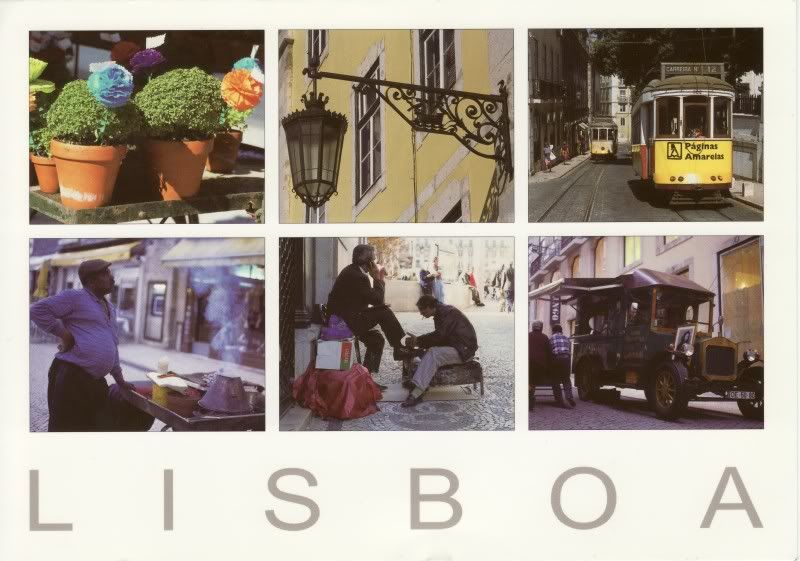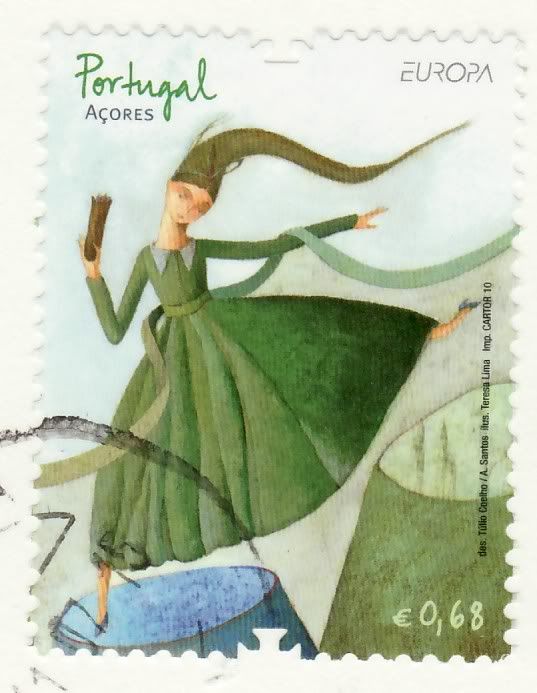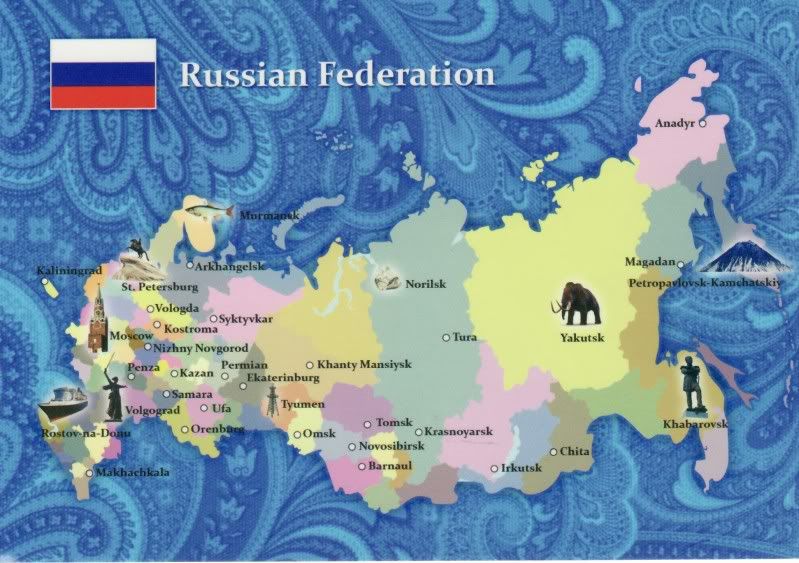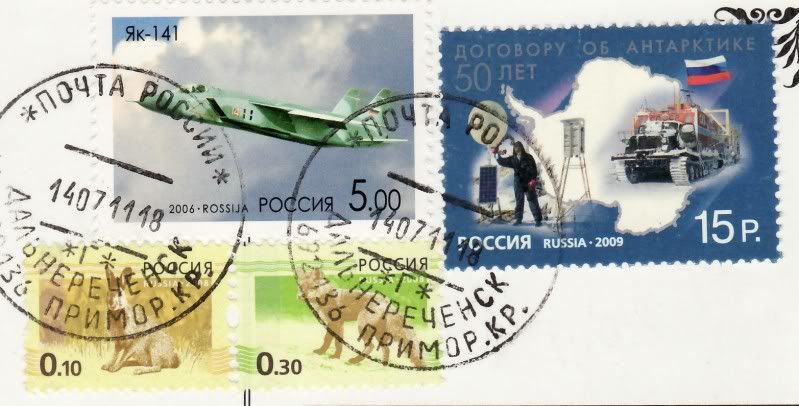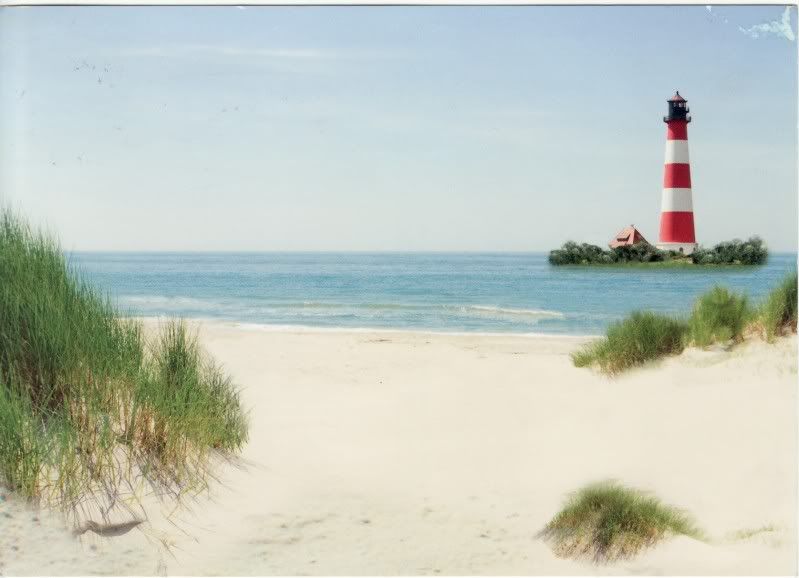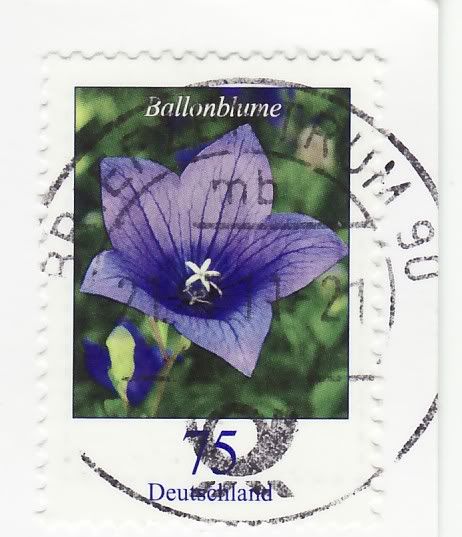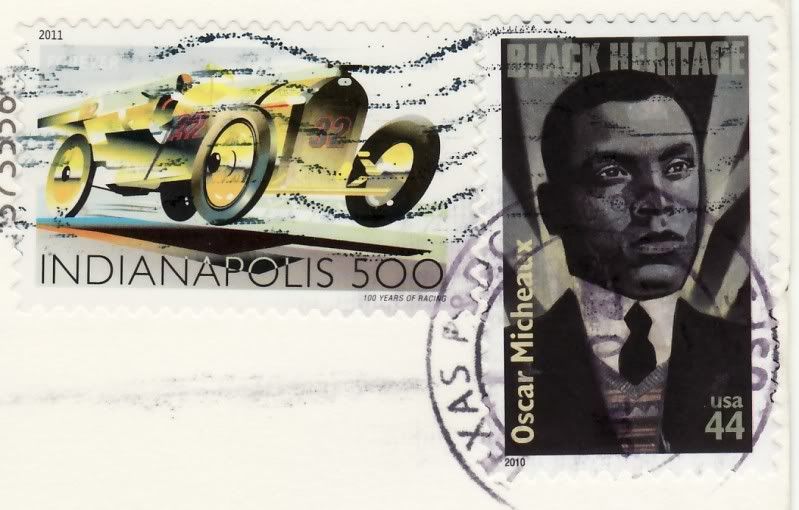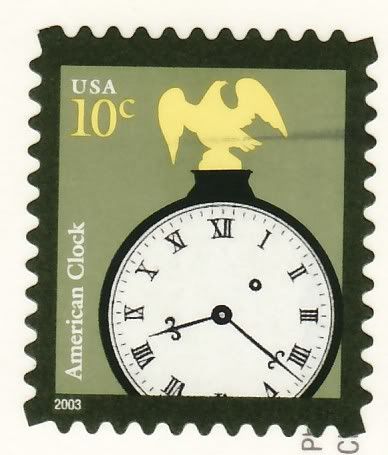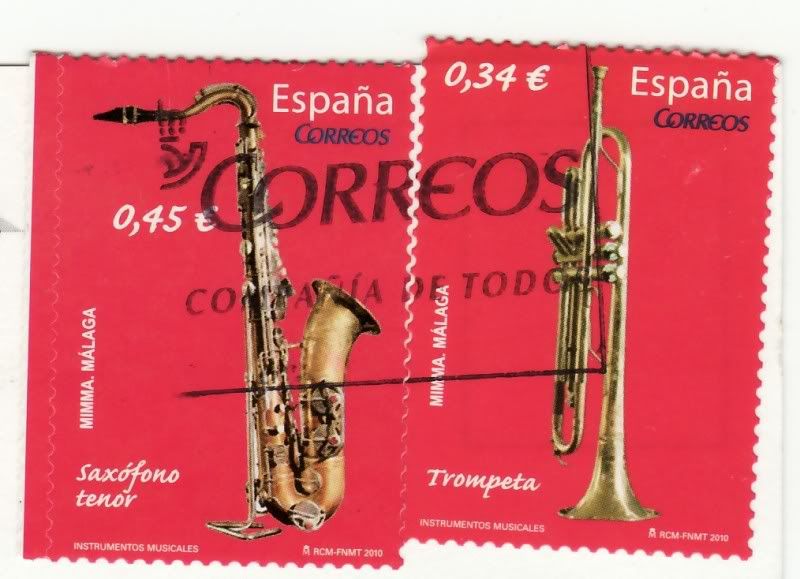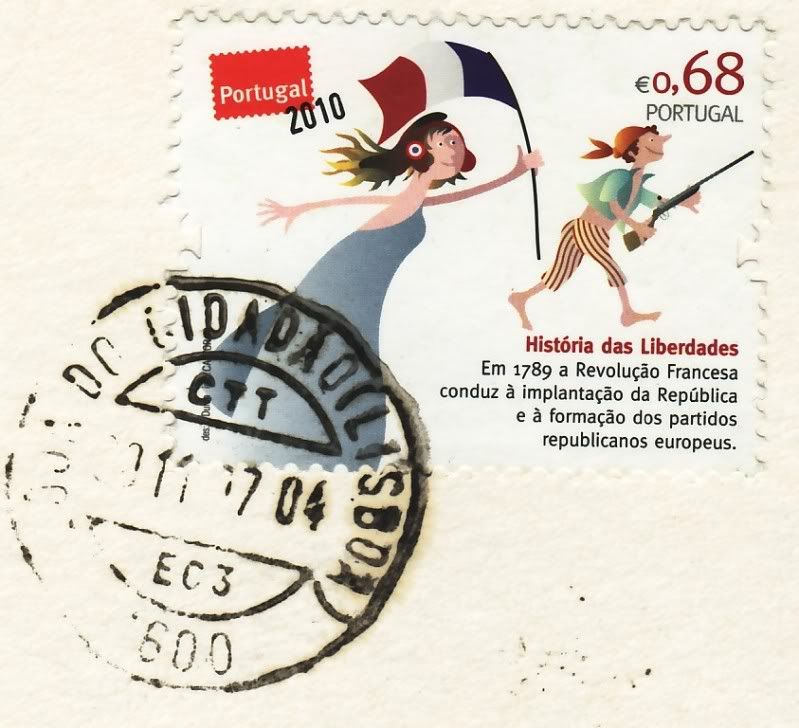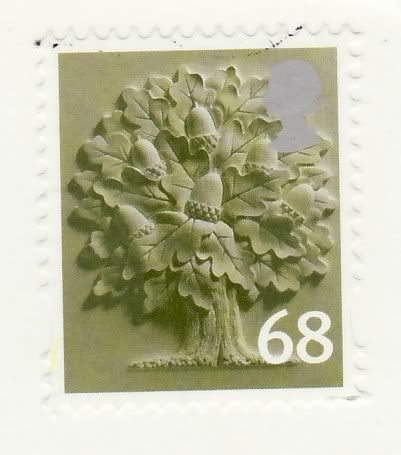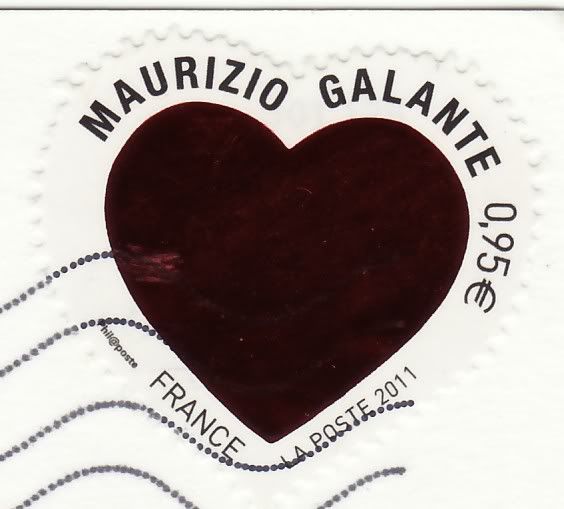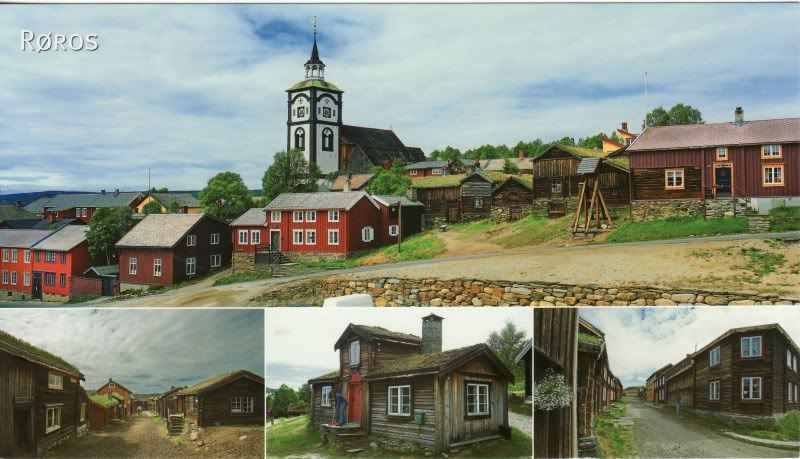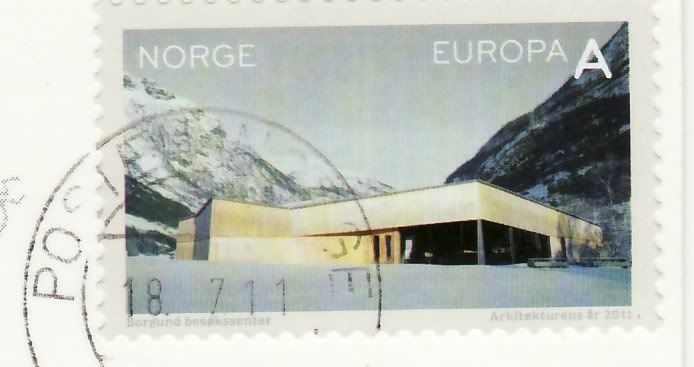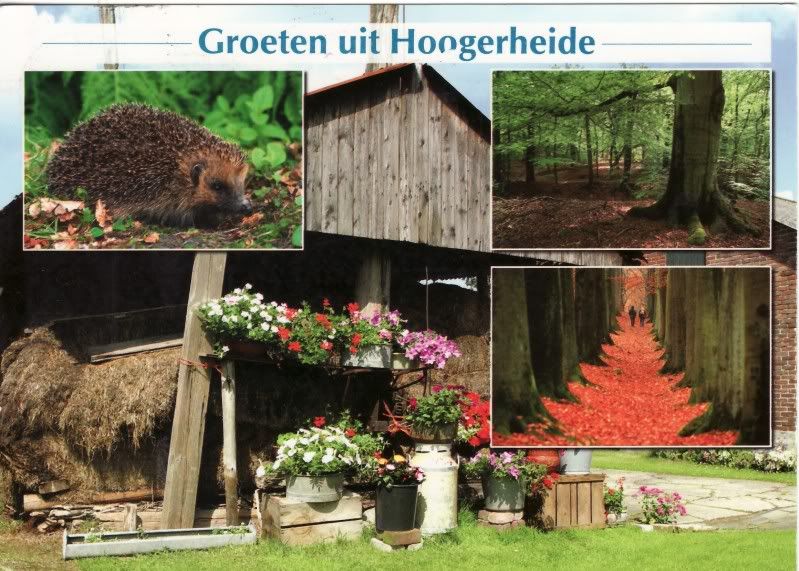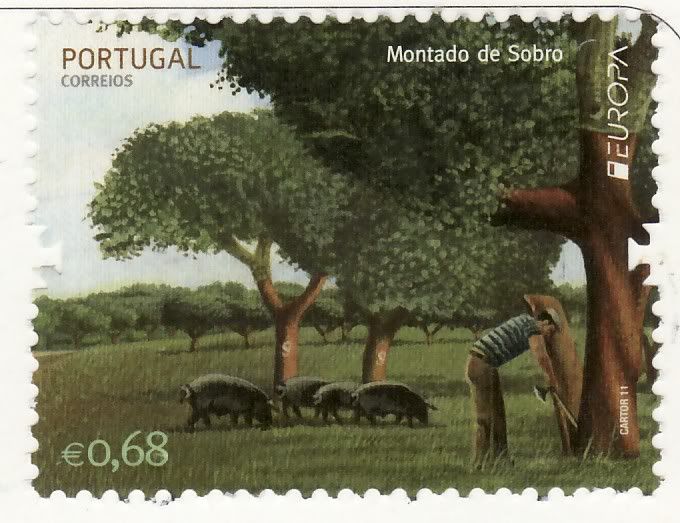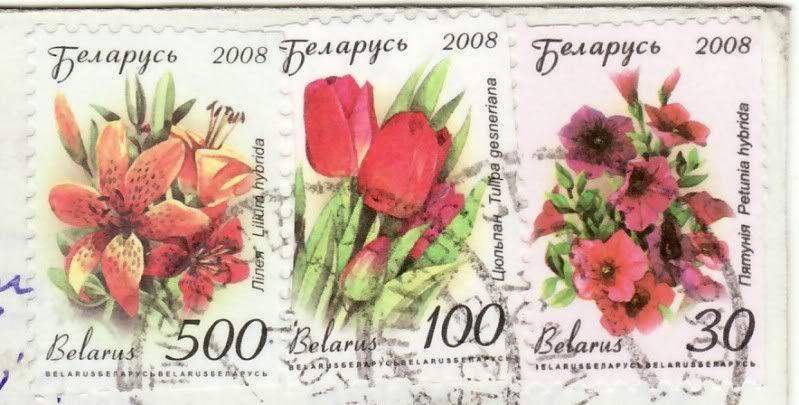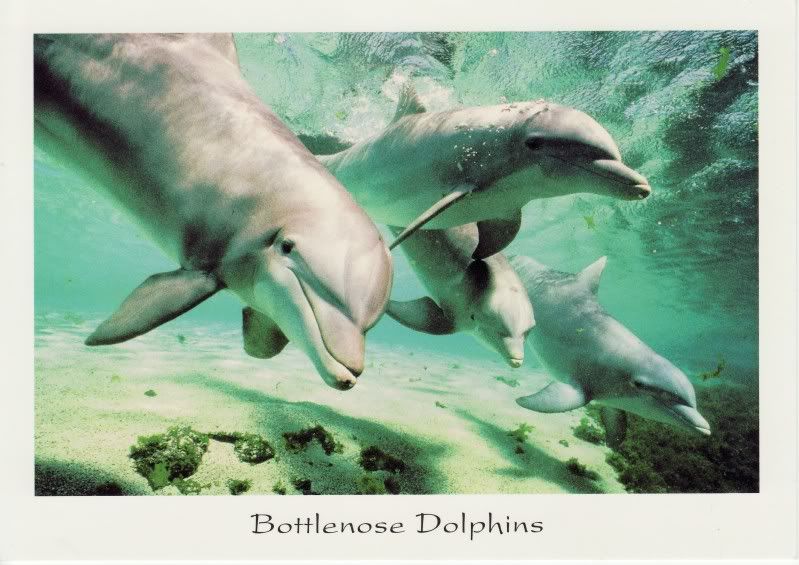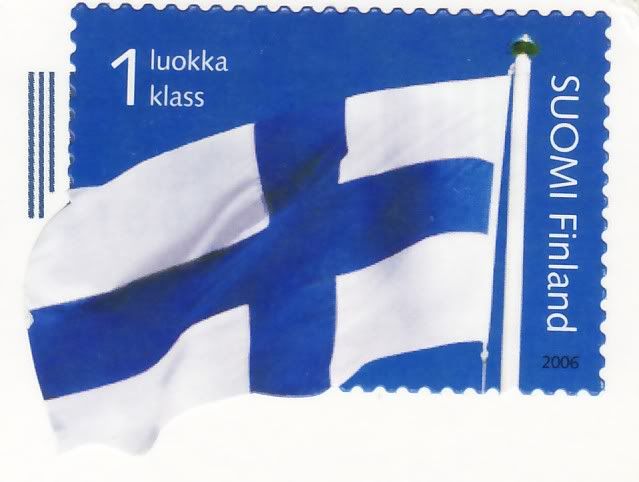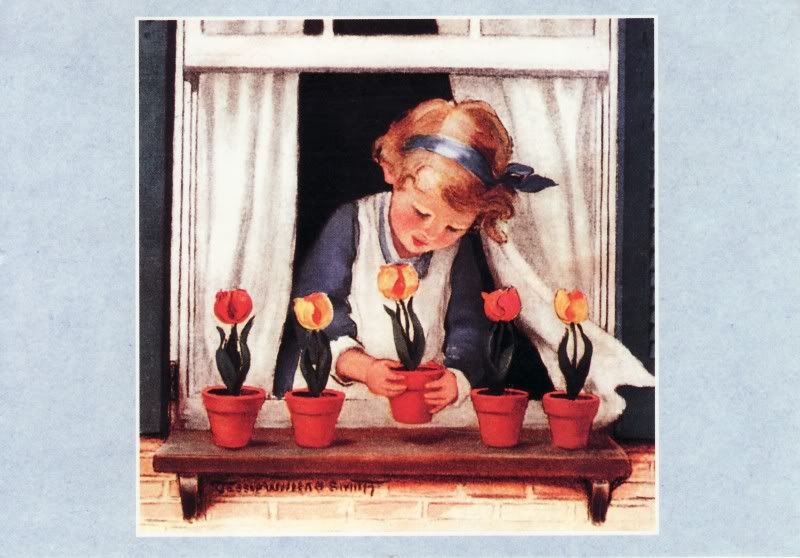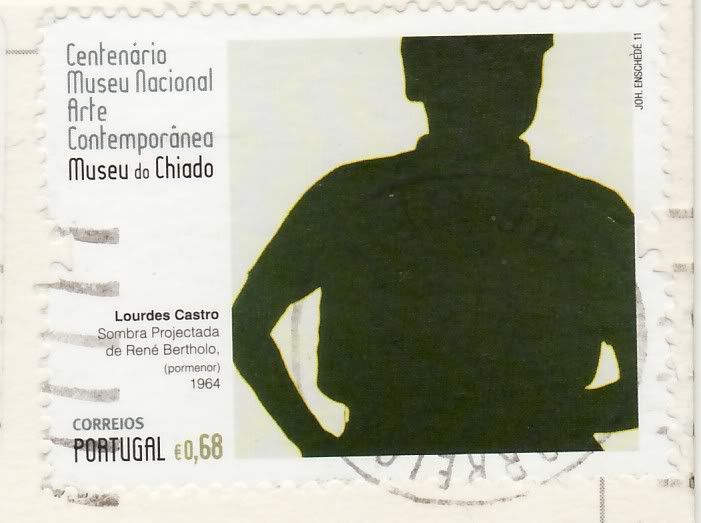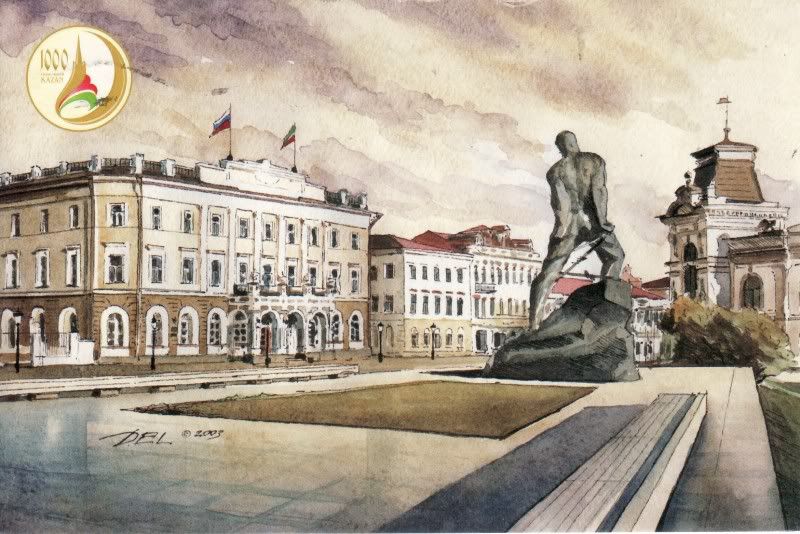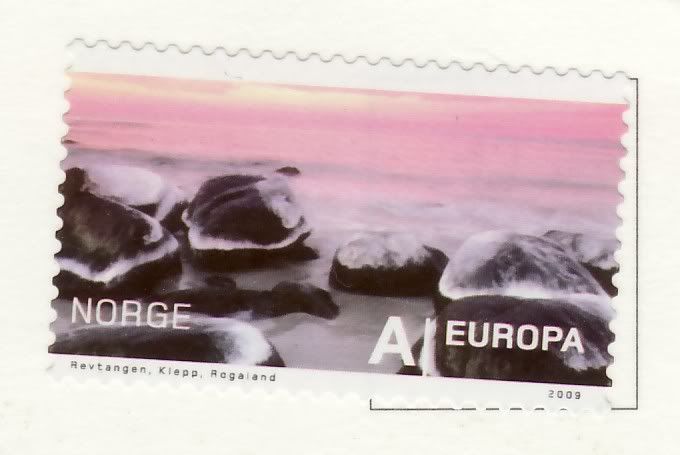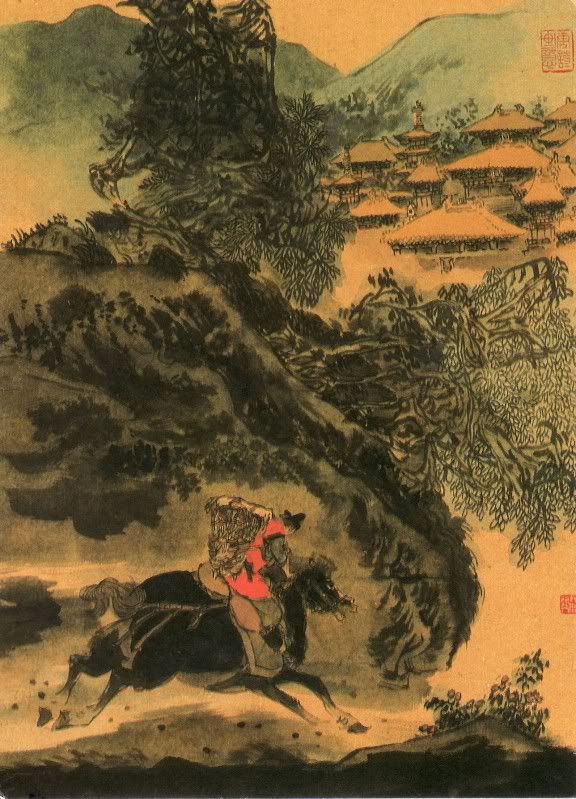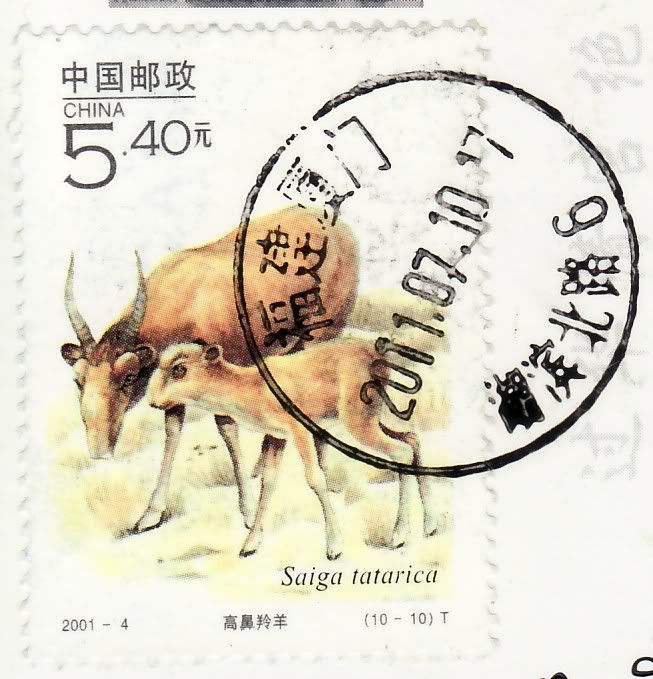Friday, July 29, 2011
Thursday, July 28, 2011
DE-986223
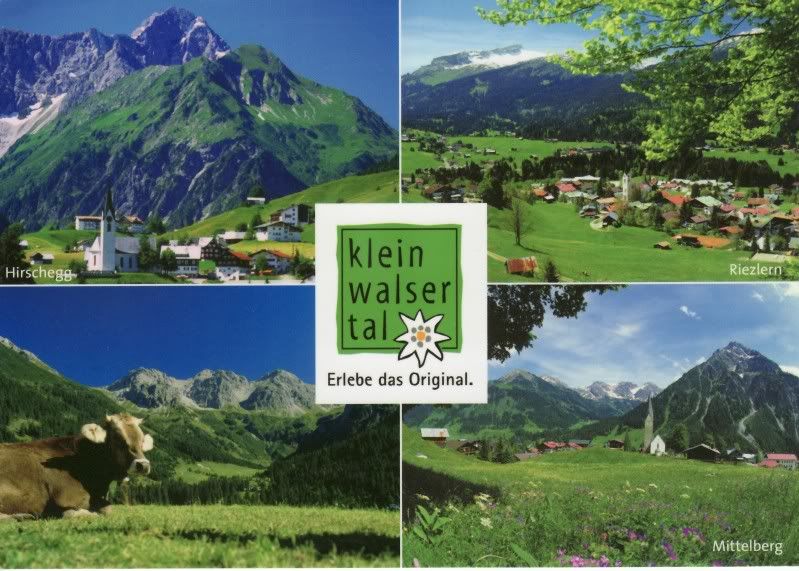 Kleinwalsertal (little Walser valley) is a part of Austria, but only accessible from Germany to the north, and thus is an Austrian "practical exclave" or "pene-exclave". It used to have special tax free status which became obsolete when Austria acceded to the EU.
Kleinwalsertal (little Walser valley) is a part of Austria, but only accessible from Germany to the north, and thus is an Austrian "practical exclave" or "pene-exclave". It used to have special tax free status which became obsolete when Austria acceded to the EU.It is a commune of the state Vorarlberg which is the most western state of Austria. It consists of three villages which are situated along the River Breitach: Mittelberg, Hirschegg, and Riezlern.
The valley is famous in Central Europe as a ski and hiking resort. The 5,000 inhabitants, who are called "Walser", provide 12,000 beds for tourists.
 Due to the terrain there is no direct access by car to the other parts of Austria. Therefore the Kleinwalsertal can only be accessed via Oberstdorf, a nearby village in Germany.
Due to the terrain there is no direct access by car to the other parts of Austria. Therefore the Kleinwalsertal can only be accessed via Oberstdorf, a nearby village in Germany.From 1891 Kleinwalsertal enjoyed a customs union with Germany, a free border, and used the Deutsche Mark. Since Austria joined the European Union in 1995, followed by the signing of the Schengen Agreement (1997) and the introduction of the Euro (2002), this special status no longer applies.
Wednesday, July 27, 2011
Tuesday, July 26, 2011
Monday, July 25, 2011
A Faberge egg

Received from LJ-community post_lottery
A Faberge egg "Order of St. George" made under the supervision of the Russian jeweller Peter Carl Fabergé in 1916, for Nicholas II of Russia, who presented the egg to his mother, the Dowager Empress Maria Feodorovna.
This was the last egg that the Dowager Empress received.
Made during World War I, the Order of St. George egg commemorates the Order of St. George that was awarded to Emperor Nicholas and his son, the Grand Duke Alexei Nikolaievich. The Order of St. George egg, and its counterpart the Steel Military egg were given a modest design, in keeping with the austerity of World War I.
Fabergé billed 13,347 rubles for the two eggs.
The Dowager Empress Maria Feodorovna took the Order of St. George egg with her when she traveled to Kiev in May 1916, thus avoiding the October Revolution. The Russian Provisional Government forced the Dowager Empress to travel to Crimea, from where she fled in 1919 on board HMS Marlborough, Maria Feodorovna died in Denmark in 1928, and her jewels were valued at £100,000 by the jeweler R. G. Hennel & Sons.
Several of the jewels were acquired by Queen Mary, and the sale raised £136,624. The Order of St. George egg was inherited by Grand Duchess Xenia Alexandrovna of Russia and after her death in 1960 was sold at Sotheby's for the equivalent of $30,910 to the Fabergé Company.
In 2004 it was sold as part of Forbes Collection to Viktor Vekselberg. Vekselberg purchased some nine Imperial eggs, as part of the collection, for almost $100 million.
Friday, July 22, 2011
Subscribe to:
Posts (Atom)
